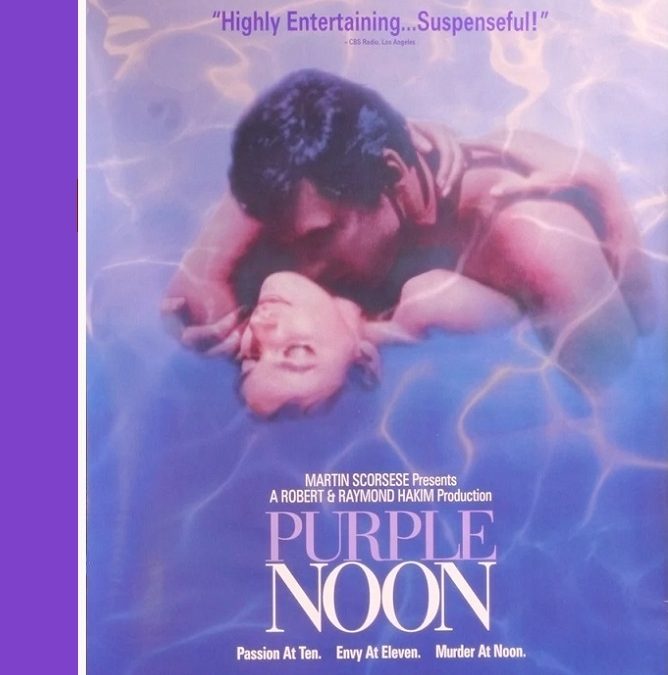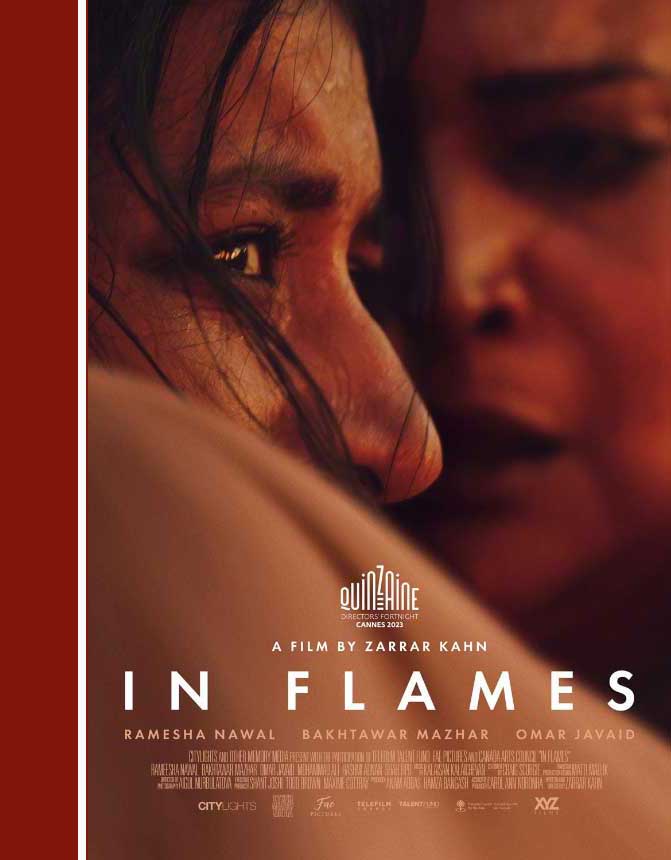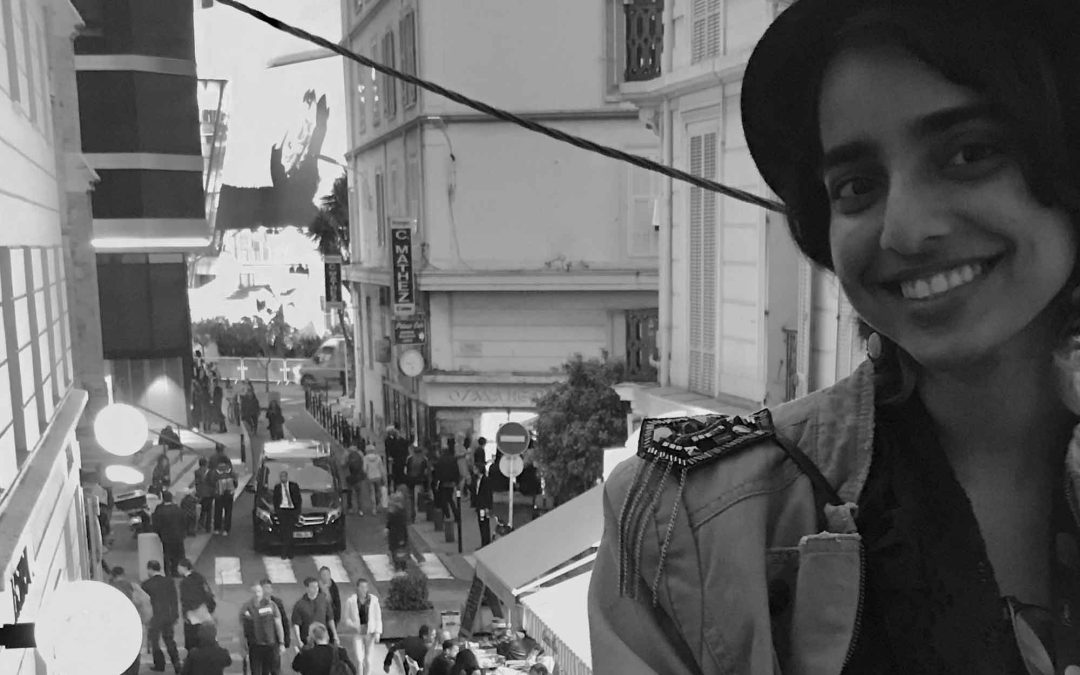
Purple Noon


As we remember French actor, Alain Delon, it is worth revisiting one of the first films that shot his stardom to epic proportions — Purple Noon. Based on Patricia Highsmith’s The Talented Mr. Ripley, it is one of the many adaptations of the iconic thriller and once again came under scrutiny after Netflix released its version in 2024. However, Purple Noon stands apart from its successors primarily for the characterisation of the protagonist — Tom Ripley.

Lopa K
MA, English (Honours) | passed, 2021
René Clément’s 1960 thriller stars Alain Delon as the conman, Tom Ripley, Maurice Ronet as the gallivanting Philippe Greenleaf and pop star Marie Laforêt as Greenleaf’s naive girlfriend, Marge. When Philippe refuses to come home from his vacation in Italy, his father, Herbert Greenleaf pays Ripley, an old acquaintance, to bring him back. However, Tom and Philippe become fast friends and cavort all around Italy till Philippe, being your usual pampered heir, decides to drop Tom and move on to newer, exciting things. Not wanting to let go of the rich lifestyle that Tom has become used to, he plans to kill Philippe and take his money.
The movie begins in medias res, foregoing introductions and traditional exposition for intriguing action that has viewers hooked from the get-go. We see the men’s dynamic, their friendship and their codependency that leads to Philippe wanting to cut ties with Tom as he cites boredom. But despite the dark intent of both characters, there is a cheery facade to the story, emulating Tom’s persona as he keeps up with Philippe’s blasé attitude even during life-threatening and humiliating incidents. This tone is further embedded into the film to emphasise the dichotomy of Tom’s duplicitous intent vs his fake actions with the scenic imagery of the Italian Riviera, the bright colour palette and even the upbeat instrumentals. Talking about music, we do need to give a shoutout to Italian legend, Nino Rota who brought subtlety to the forefront when movie soundtracks consisted of overtly thematic music to represent the exact tone of the scene. But not Rota, who seems to have a good grasp of Clément’s adaptation of The Talented Mr. Ripley and highlights the subtext and the enigma that is Ripley.
Clément truly seems to have brought out all the stops for Purple Noon as his cinematographer also happens to be none other than Henri Decaë, the New Wave pioneer who changed the visual aspect of filmmaking for the better. His trademark handheld shots not only represent the turmoil of the characters but also symbolize Ripley’s deranged thought process, especially in that fish market scene when the sun hits Delon’s blond locks and makes him look ethereal while he smiles at the bloody setting all around him.

Not every character has to be complex and morally grey. Cast someone as charming as Delon and he can easily make a bad guy likeable. Some people just happen to be sociopaths and that’s the way of the world.
Well, all of these creative technicalities tie up with Delon’s choice of personality for Tom who is a conman who is not very good at his job but is optimistic and coasts on luck. It takes the movie out of your typical crime thriller and turns Tom into an anti-hero of a fun caper, someone we know we shouldn’t root for, yet we do.
But while Matt Damon and Andrew Scott’s portrayals show a clumsy criminal caught in a regrettable situation, Delon’s Tom has an air of insincerity in moments when he thinks no one is watching him. This Tom is an amateur too but is set in his belief to do what he has set out to do. There is no second-guessing of his acts, no remorse, no guilt. One may argue that this makes Purple Noon’s Ripley one note in comparison to its recent counterparts. However, not every character has to be complex and morally grey. Cast someone as charming as Delon and he can easily make a bad guy likeable. Some people just happen to be sociopaths and that’s the way of the world. But that is what makes films like Purple Noon so entertaining, dissecting the acts of such characters as they jump through hoops to get to safety when they could have just not made that one wrong move.
To put it simply, Purple Noon is a masterclass on acting and highlighting the nuances all thanks to the collaboration between Clément and Delon. They bank on subtlety, especially in the ending, which pays off big time. Even if this genre is not your cup of tea, it is a must-watch for the sheer talent that was Alain Delon.
Share Widely




